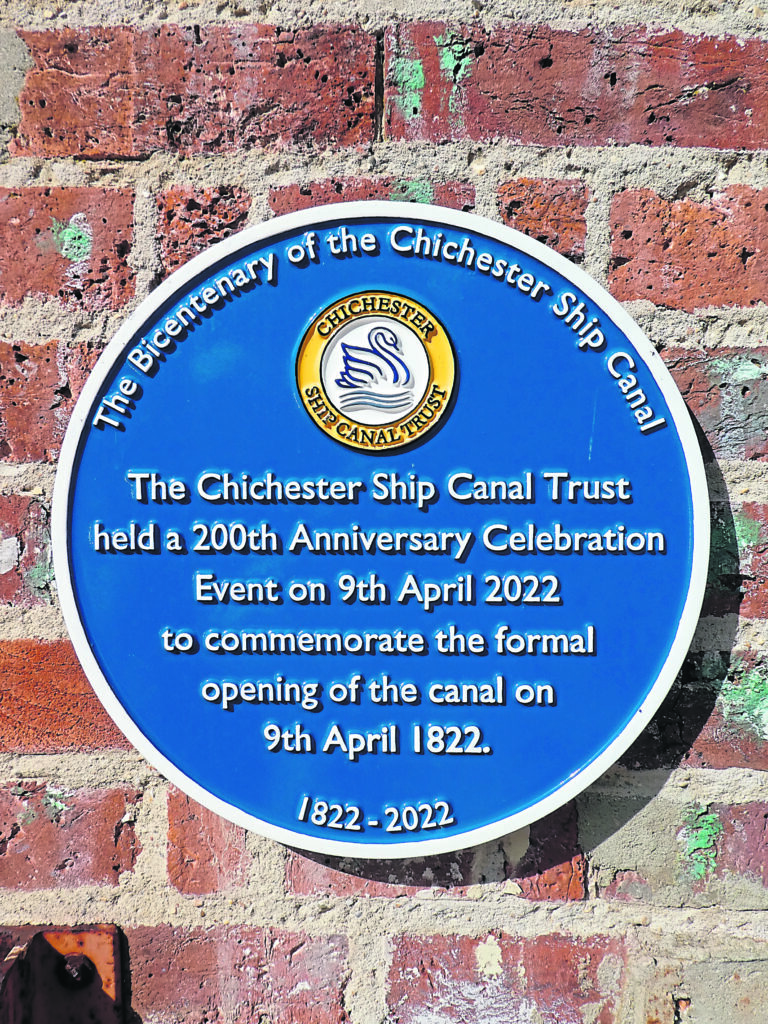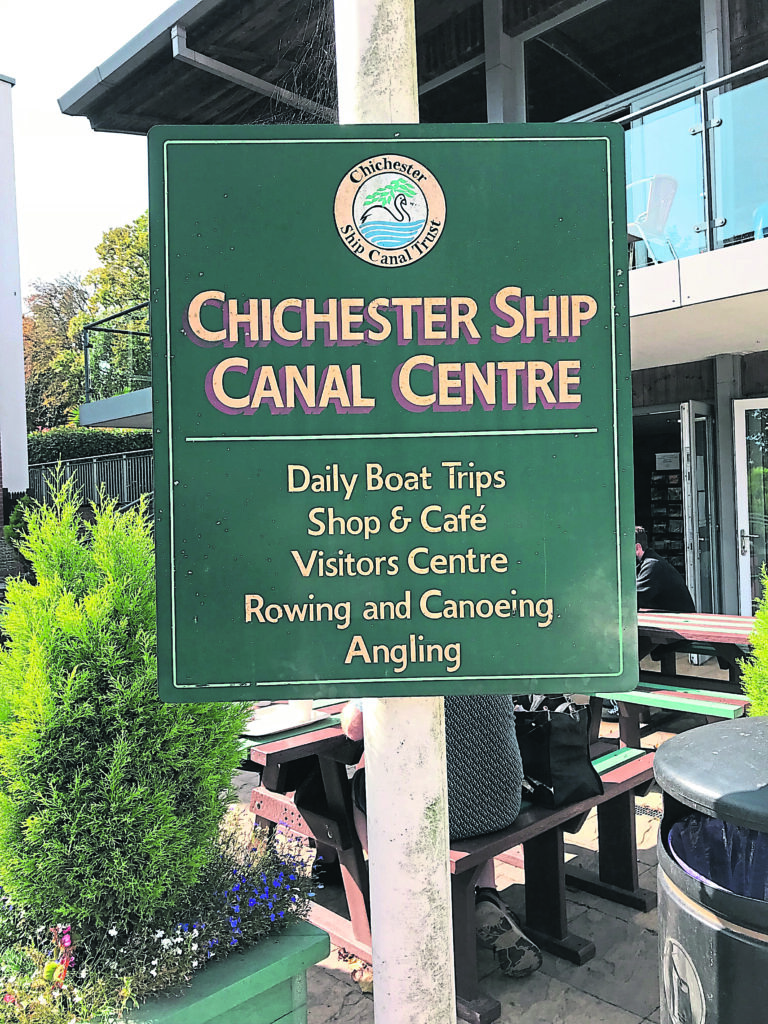Nicola Lisle enjoys a visit to the Chichester Ship Canal Heritage Centre in the latest in her museum series.
CHICHESTER’S canal basin today is a peaceful backwater, the perfect place to stroll or sit and unwind alongside boats, ducks and a variety of wildlife.

For more than 80 years, though, this was a busy industrial hub, linked to Chichester Harbour by the Chichester Canal and used by sea-going vessels carrying a variety of goods, from coal, grain, malt, flour, timber, wool and wine to naval supplies and gold bullion.
The Chichester Canal was the only commercially viable section of the ill-fated Portsmouth and Arundel Canal, built as part of a wider scheme to connect London to Portsmouth during the Napoleonic Wars. This enabled military equipment and other goods to be transported safely along inland waterways, avoiding the more hazardous waters of the English Channel.

Masterminded by engineer John Rennie – whose previous credits included the Kennet & Avon Canal, the Caen Hill Locks and the Crofton Pumping Station – the scheme was presented to Parliament in 1803 and again in 1810, without success.
When a new canal opened in 1816 linking London to Littlehampton via the Thames, the Wey and the Wey-Arun Navigation, Rennie once again put forward a plan to continue the connection to Portsmouth via the River Arun, with an additional link from Hunston to Chichester. Supported financially by Lord Egremont, the proposal was agreed by Parliament and the bill passed in July 1817.

The Chichester Canal opened with a grand fanfare on April 9, 1822 and over the next few years brought economic prosperity to the area, with flour mills, warehouses, coal and timber merchants, boat builders and many more springing up around the canal basin.
The remaining section of the Portsmouth and Arundel Canal opened a year later, but was beset with financial and structural problems from the start. The end of the Napoleonic Wars meant the expected levels of trade never materialised. Competition from the railways sounded the death knell, and the main part of the canal closed in 1858.
The Chichester leg of the canal continued to thrive, but by the turn of the century trade was declining and commercial use of the canal ended in 1906.
Themed trips
Restoration of the canal began in the 1970s by the Portsmouth and Arundel Society – later the Chichester Canal Society and now the Chichester Ship Canal Trust.
A 19th century stable block now houses the Heritage Centre. A series of information boards tells the story of the canal, from the original proposal to the formation of the canal company, the building of the canal, the official opening, the working life of the canal and its gradual decline, its usage during the Second World War and beyond, and its restoration and revival as the leisure waterway of today. Touch screens offer more detailed coverage.

There is also a model of a typical working canal boat of the late 19th/early 20th centuries, old newspaper cuttings, drawings and changing themed displays.
Nearby is a small cafe and gift shop, with plenty of outside seating near the canal.
Two restored boats, Kingfisher and Richmond, run scheduled and chartered trips from March to October, and there are various themed trips throughout the year. Booking is now open for this year’s Father Christmas trips!
A pleasant four-mile walk along the towpath takes you to Chichester Harbour, where refreshments are available. As you leave the canal basin, you will pass Poyntz Bridge, an old swing bridge originally at Hunston Junction, just over a mile along the towpath, but restored and relocated at the Canal Basin, on the site of the old Padwick Bridge, in 1997.

A series of sculptures along the canalside encourages youngsters to learn about the history of the canal and its wildlife.
At Hunston Junction you can see the canal with Chichester Cathedral and the Downs in the distance – the same view that JMW Turner painted in 1828 (now in the Tate Britain collection).
From Chichester Harbour, you can either return to the canal basin along the towpath, or there are buses to the city centre, a few minutes’ walk from the basin, if you’re feeling a little weary!
Chichester Canal Heritage Centre
Canal Basin, Canal Wharf, Chichester, West Sussex PO19 8DT
Click here
Open daily, 9.30am-4.30pm
Free admission
Getting here: Bus and rail services to Chichester city centre; short walk to the canal basin. By car, M27/A27 (Chichester bypass), then A286; canal basin almost immediately on the right. Limited free parking available.





